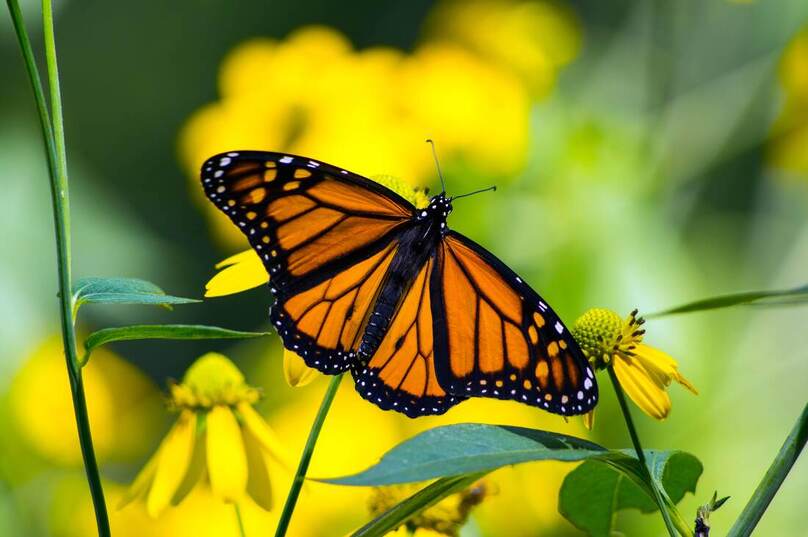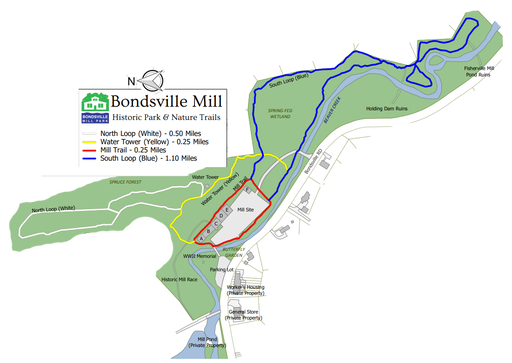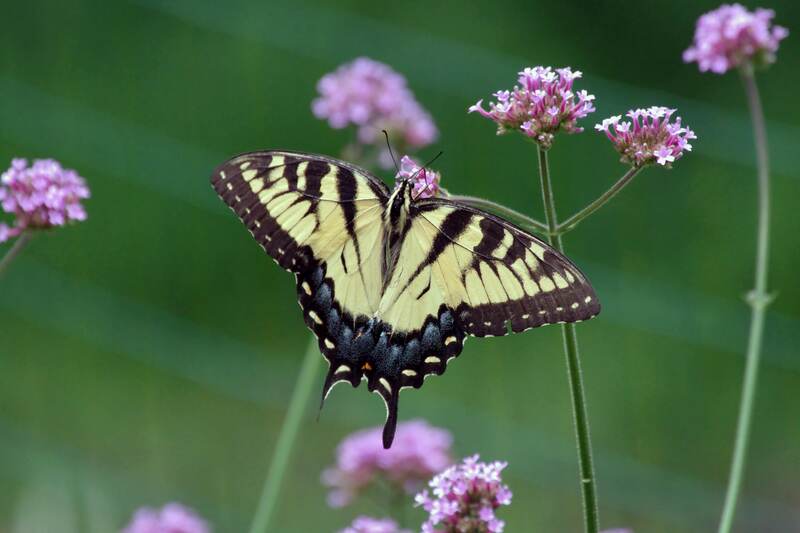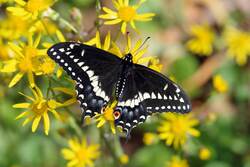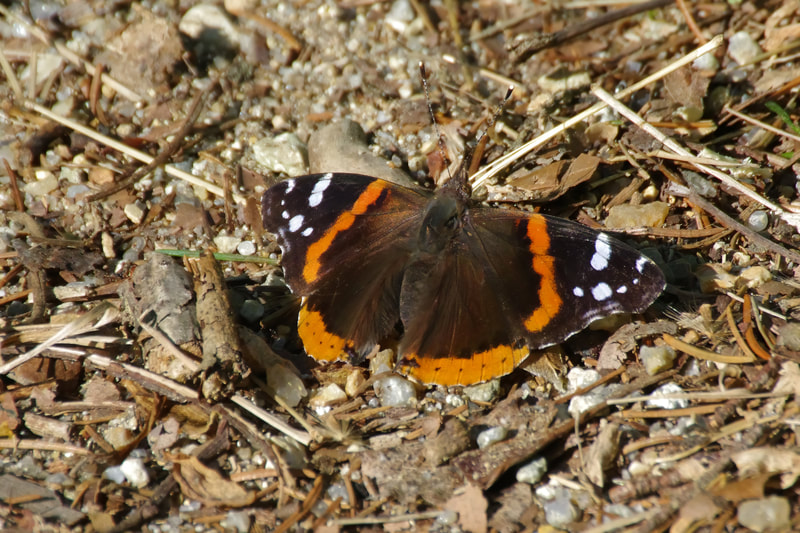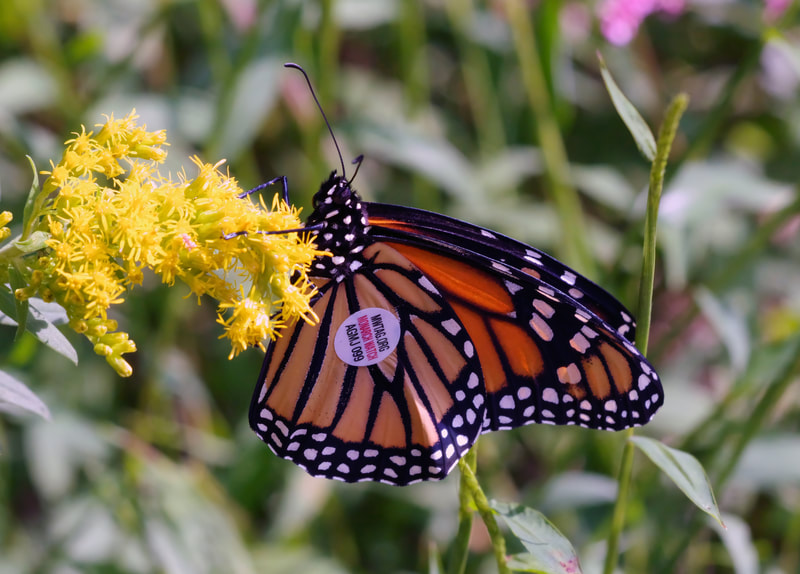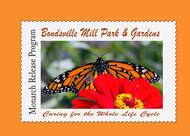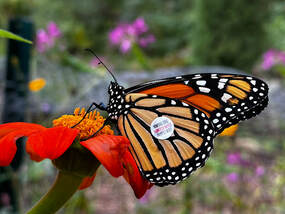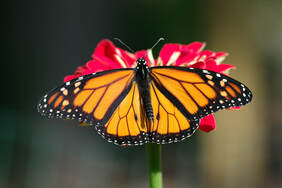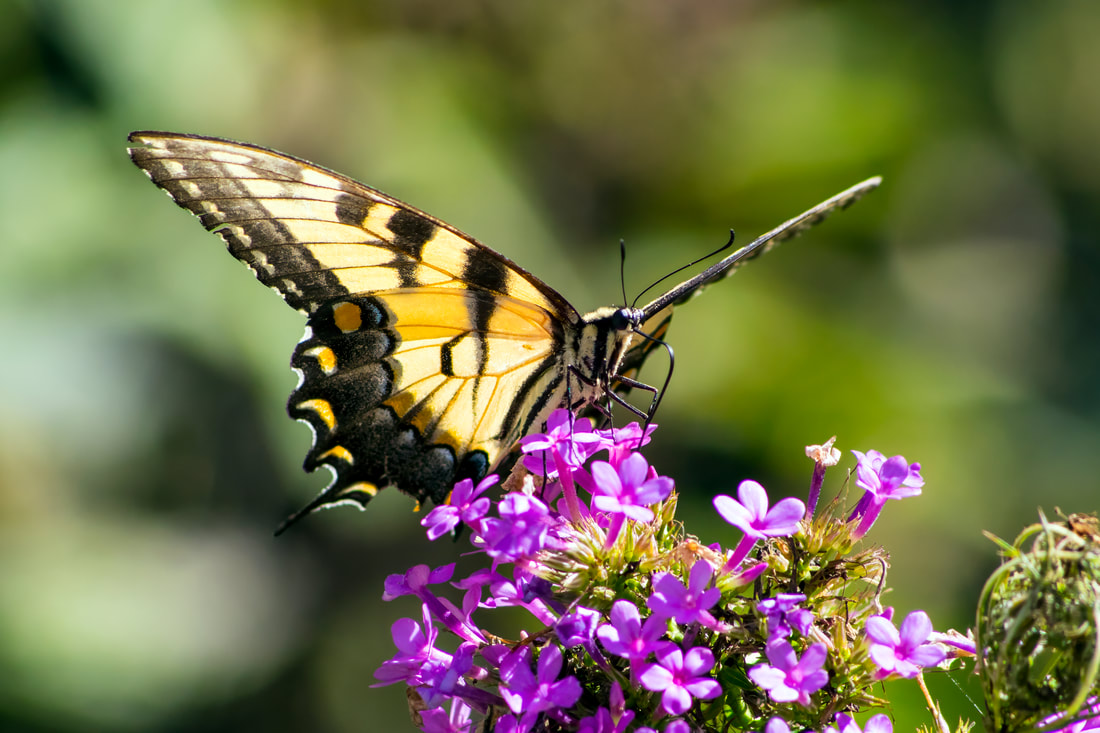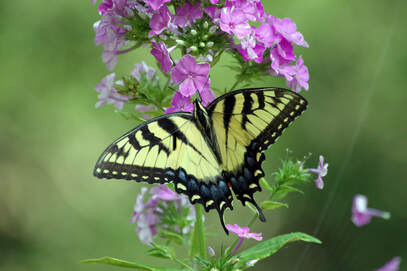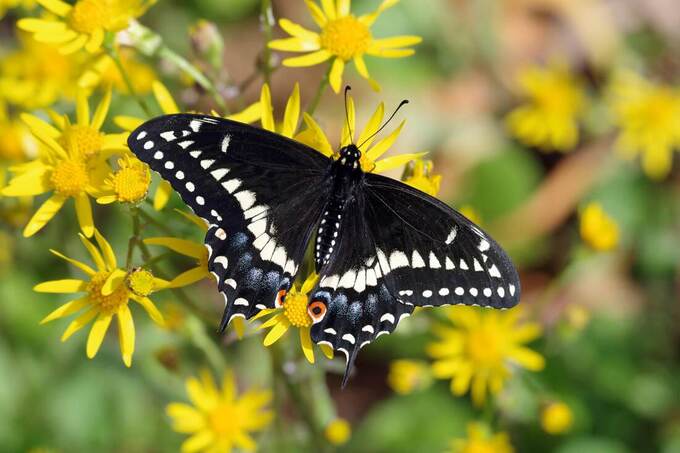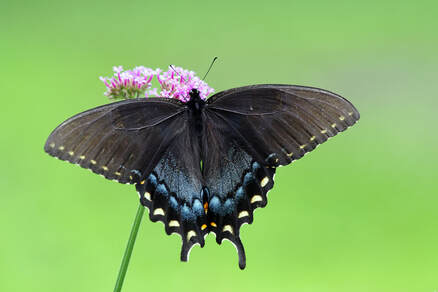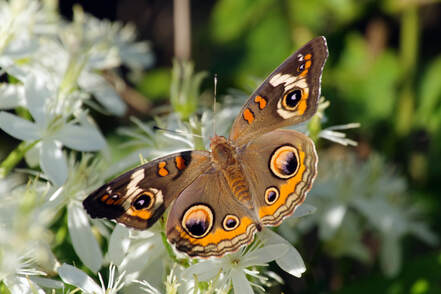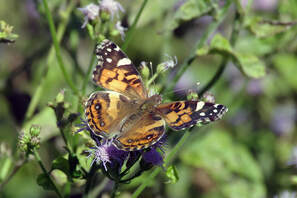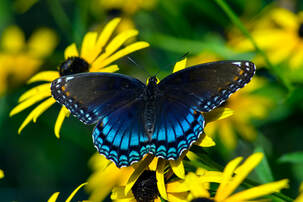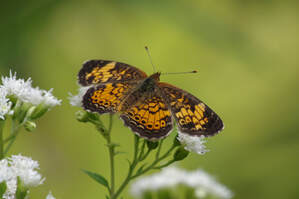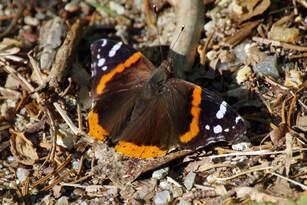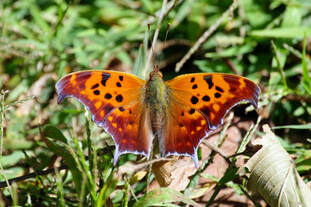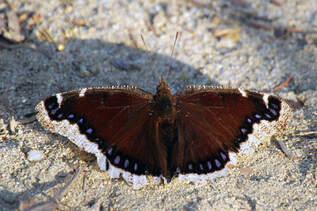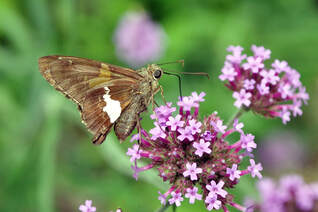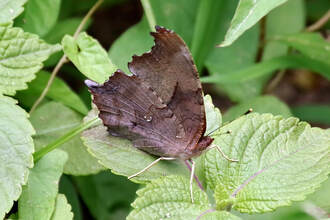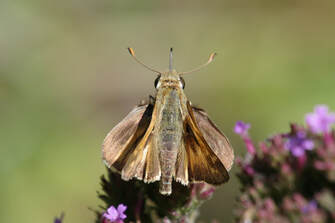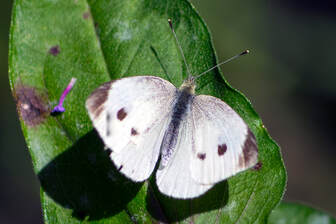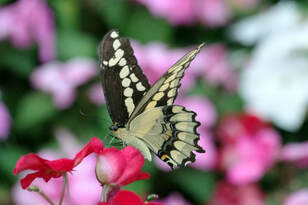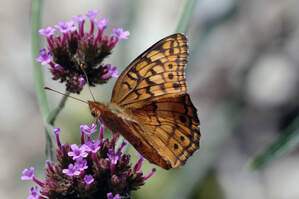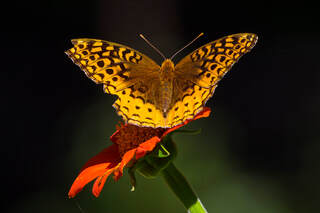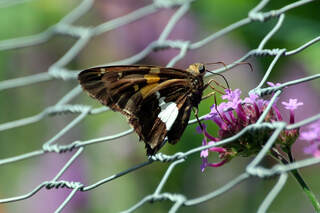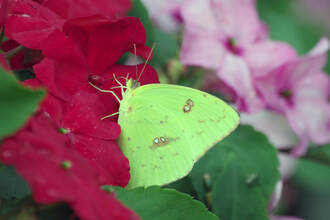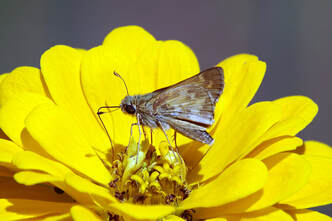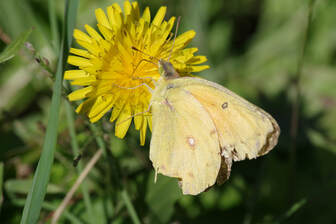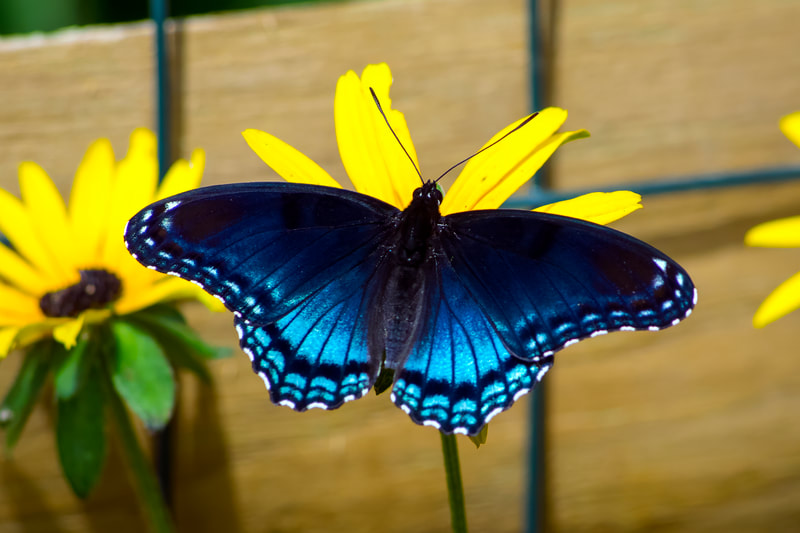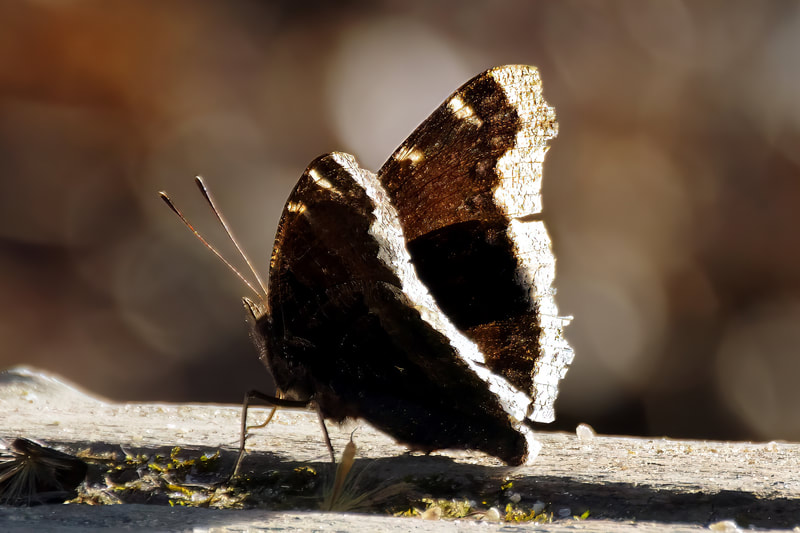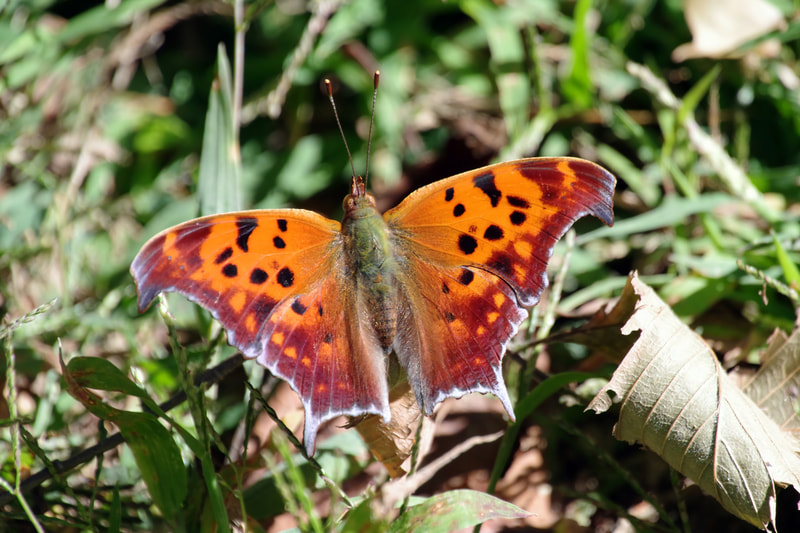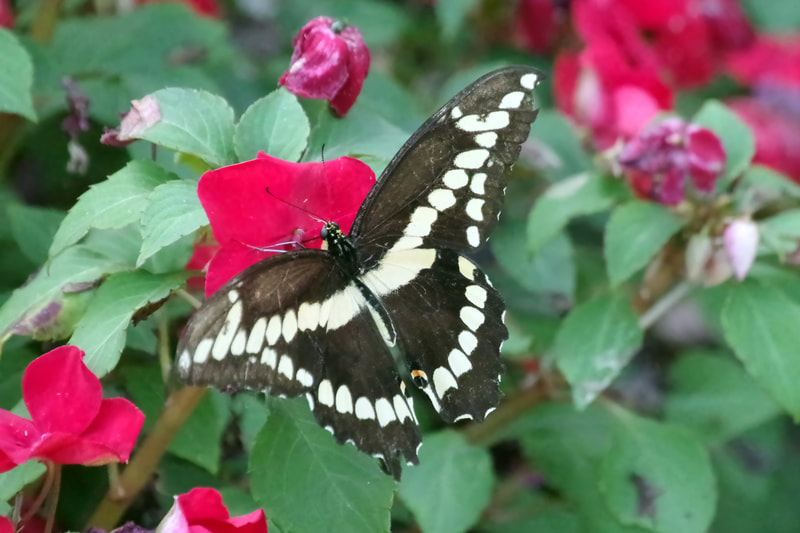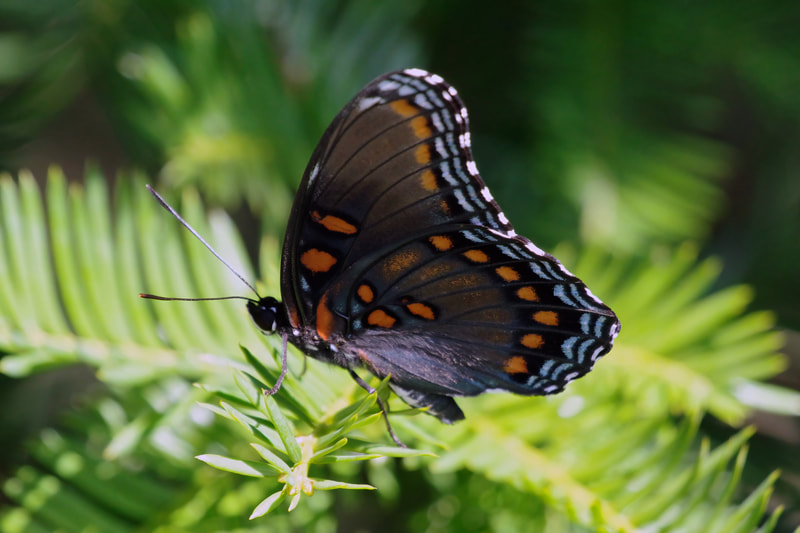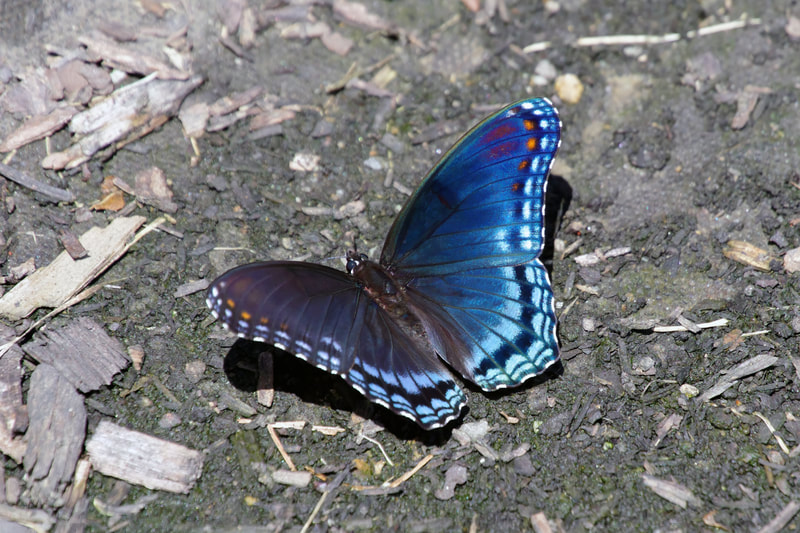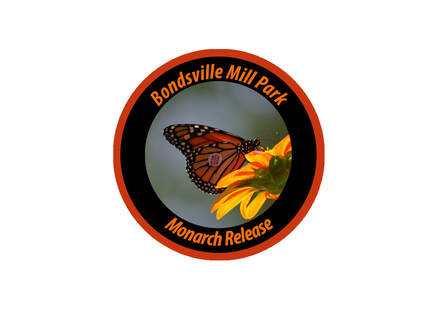Butterflies
of
Bondsville Mill Park
A guide to the various butterfly species found at Bondsville Mill Park & Gardens |
Bondsville Mill Park & Gardens
The Bondsville Mill Park is a 47 acre parcel that is being transformed into a space for passive recreation, preserving nature, and a historic site. For more than 100 years, from about 1841 to 1950, Bondsville Mill played an important role in American history. In its infancy, it was a center of industry for the region. Mills were located all along the Beaver Creek, in West Brandywine and Caln townships.
Bondsville Mill Park
Black Swallowtail
Spicebush Swallowtail
Common Buckeye
|
Painted Lady, Vanessa cardui
WS: 1.5 – 2.7 inches F: May to October Pearl Crescent, Phyciodes tharos
WS: 1.30- 1.8 inches F: April to November Red Admiral, Vanessa atalanta
WS: 1.8 – 2.5 F: March to October Question Mark, Polygonia interrogationis
WS: 1.8 – 3 inches F: May to September Mourning Cloak, Nymphalis antiopa
WS: 2.5 – 4 inches F: Year around Silver Spotted Skipper, Epargyreus clarus
WS: 1.8 – 2.4 inches F: February to December Question Mark, Polygonia interrogationis
WS: 2 - 3 inches F: May to September Grass Skipper, Atalopedes campestris
WS: 1.2 inches F: May to November Cabbage White, Pieris rapae
WS: 1.3 – 1.8 inches F: February to December |
Red Spotted Purple Admiral, Limenitis arthemis
WS: 3 – 3.5 inches F: June to August Giant Swallowtail, Papilio cresphontes
WS: 5 – 6.8 inches F: May to September Variegated Fritillary, Euptoieta claudiaWS:1.75 - 3.25 inches
F: Spring to Fall Great Spangled Fritillary,Speyeria Cybele
WS: 2.5 – 4 inches F: June to September Silver Spotted Skipper, Epargyreus clarus
WS: 1.8 – 2.4 inches F: February to December Cloudless Sulphur, Phoebis sennae
WS: 2.5 – 3.2 inches F: July to September Grass Skipper, Atalopedes campestris
WS: 1.2 inches F: May to November Orange Sulphur, Colias eurytheme
WS: 2.5 – 3.3 inches F: June to October More Views
|
~~~~~~~Notes ~~~~~~~
Photography by Daniel J. Tieri, Volunteer at Bondsville Mill Park
Sources include:
https://www.pennlive.com/wildaboutpa/2018/03/15_common_butterflies_of_penns.html
https://birdwatchinghq.com/butterflies-in-pennsylvania/
https://www.fs.usda.gov/managing-land/wildflowers/pollinators
https://www.identicards.com/productcart/pc/Pennsylvania-Butterflies-Pollinators-Pocket-Guide-2141p193567.htm
For more information about Bondsville Mill Park please visit:
www.bondsvillemillpark.org
https://www.pennlive.com/wildaboutpa/2018/03/15_common_butterflies_of_penns.html
https://birdwatchinghq.com/butterflies-in-pennsylvania/
https://www.fs.usda.gov/managing-land/wildflowers/pollinators
https://www.identicards.com/productcart/pc/Pennsylvania-Butterflies-Pollinators-Pocket-Guide-2141p193567.htm
For more information about Bondsville Mill Park please visit:
www.bondsvillemillpark.org
This page is intended to be used as a reference guide for visitors to the common butterfly species found at Bondsville Mill Park & Gardens. Along with color photographs taken at Bondsville Mill Park & Gardens, the common name, scientific name, wingspan, and time of year when each species is likely to be found are noted. Our hope is that you, the visitor, find this guide helpful in learning to identify and enjoy our local butterfly species.

